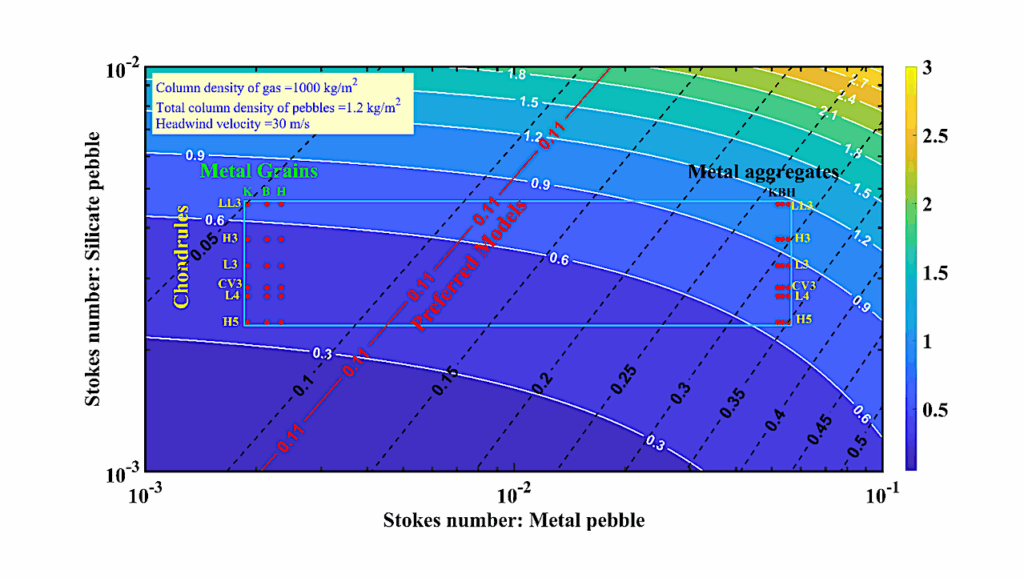Extrasolar Planets Are More Hospitable to Life Than Previously Thought

A study by astrophysicists at the University of Toronto suggests that exoplanets – planets outside our solar system – are more likely to have liquid water and be more habitable than we thought.
“Planets with potential oceans could have a climate that is much more similar to Earth’s than previously expected,” said Jrmy Leconte, a postdoctoral fellow at the Canadian Institute for Theoretical Astrophysics (CITA) at the University of Toronto, and lead author of a study published today in Science Express.
Scientists have thought that exoplanets behave in a manner contrary to that of Earth – that is they always show their same side to their star. If so, exoplanets would rotate in sync with their star so that there is always one hemisphere facing it while the other hemisphere is in perpetual cold darkness.
Leconte’s study suggests, however, that as exoplanets rotate around their stars, they spin at such a speed as to exhibit a day-night cycle similar to Earth.
“If we are correct, there is no permanent, cold night side on exoplanets causing water to remain trapped in a gigantic ice sheet. Whether this new understanding of exoplanets’ climate increases the ability of these planets to develop life remains an open question.”
Leconte and his team reached their conclusions via a three-dimensional climate model they developed to predict the effect of a given planet’s atmosphere on the speed of its rotation, which results in changes to its climate,” said Leconte. “Atmosphere is a key factor affecting a planet’s spin, the impact of which can be of enough significance to overcome synchronous rotation and put a planet in a day-night cycle.”
Though astronomers are still awaiting observational evidence, theoretical arguments suggest that many exoplanets should be able to maintain an atmosphere as massive that of Earth. In Earth’s case – with its relatively thin atmosphere – most of the light from the Sun reaches the surface of the planet, maximizing the effect of heating throughout the atmosphere and producing a more moderate climate across the planet. By creating temperature differences at the surface, between day and night and between equator and poles, the solar heating drives winds that redistribute the mass of the atmosphere.
The impact is so significant that it overcomes the effect of tidal friction exerted by a star on whatever satellite is orbiting it, much like Earth does on the Moon.
“The Moon always shows us the same side, because the tides raised by Earth create a friction that alters its spin,” said Leconte. “The Moon is in synchronous rotation with Earth because the time it takes to spin once on its axis equals the time it takes for it to orbit around Earth. That is why there is a dark side of the moon. The tidal theory, however, neglects the effects of an atmosphere.”
The researchers say that a large number of known terrestrial exoplanets should not be in a state of synchronous rotation, as initially believed. While their models show that they would have a day-night cycle making them much more similar to Earth, the duration of their days could last between a few weeks and few months.
The findings are reported in the paper “Asynchronous rotation of Earth-mass planets in the habitable zone of lower-mass stars” published today in Science Express. The work was supported by grants from the Natural Sciences and Engineering Research Council of Canada.








